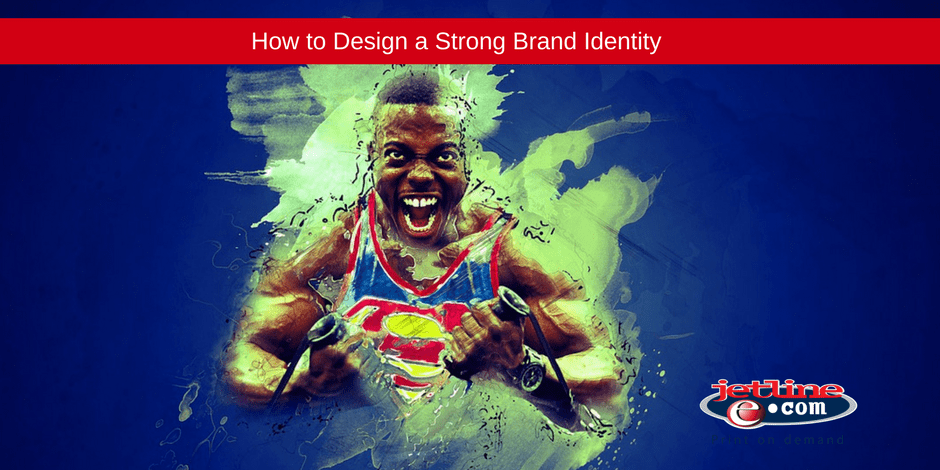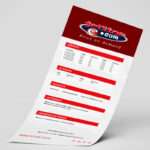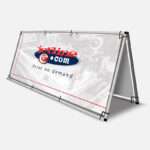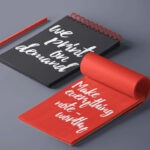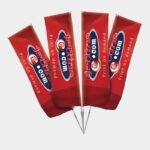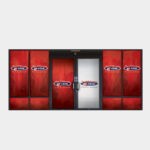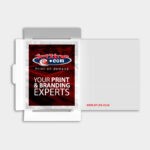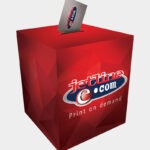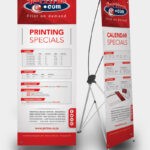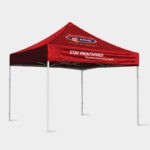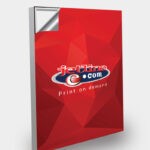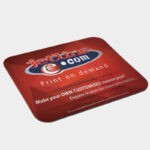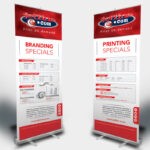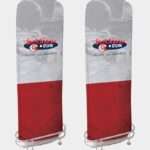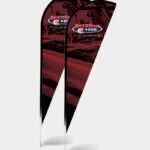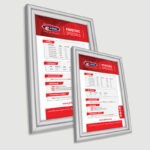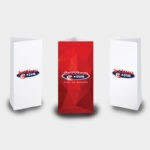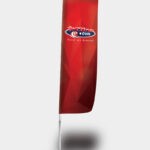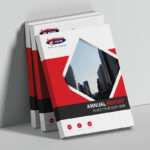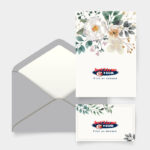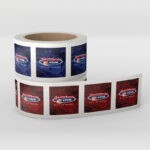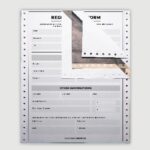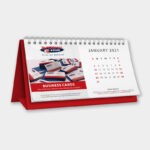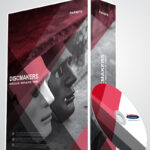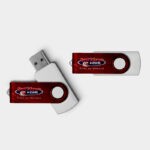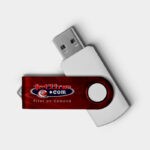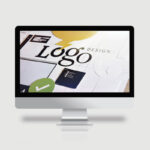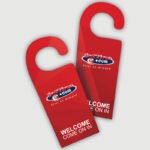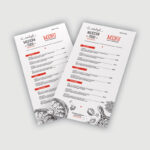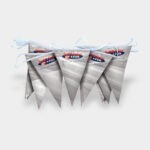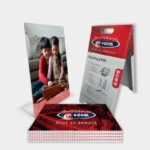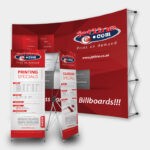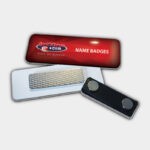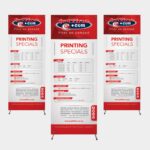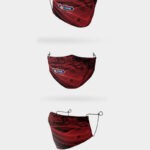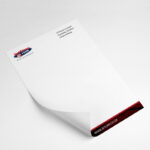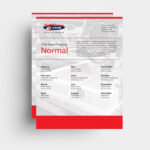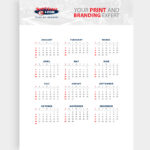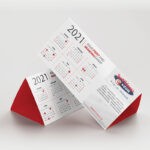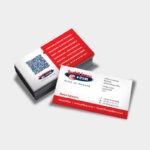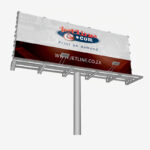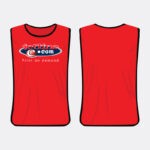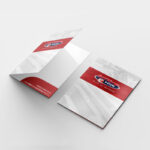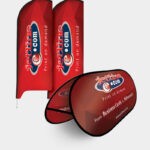The experience that you create with your customers through every interaction with them is the fundamental principle of marketing. By providing the consumer with a compelling experience, one that is consistent in its branding message, you build customer loyalty. This is why it is vital to be consistent with your brand management and corporate identity.
Your brand is the face of your business, it is the promise that you make to your customers. A successful brand identity is carried through all aspects of the company, from employee behaviour to marketing materials including: billboards, letterheads, and social media platforms. It all comes down to perception. Prosperous corporations intricately design their brand identity. They strategise every aspect of the brand and brand design, ensuring everything is streamlined and carries the same message.
The Key Elements of your Brand Identity
Brand
A brand is a set of expectations, stories, relationships, and memories. And when all these elements are combined, they effect a customers decision to purchase a product or service.
Identity
Identity refers to the visuals used to represent a company. Brand identity is outlined in the business “style guide.” The style guide serves as a framework to ensure a corporate image is consistent.
Logo
The logo is the central identifiable visual element that helps customers recognise a brand, usually in the form of a typeface or icon or both.
Questions to ask when creating a design brief:
- How is your brand perceived against competitors?
- What is your brands positioning statement?
- What is the heritage of the product or service? (The story behind the company)
- Who is your audience and how will you communicate with them?
- What are your brand values and beliefs?
- What benefits do you want associated with your brand?
Do in-depth research on the following:
- Messaging Objectives
- Brand Values and Mission
- Product and Service Offering
- Target Audience
Logo Identity and Guidelines
The Logo
Most designers will begin by sketching out dozens of iterations on paper. Once they have selected the best concepts, they begin translating them digitally. Make sure you work closely with your logo designer to ensure that the logo translates well on all marketing platforms, from digital to print.
The Identity System
This forms a systematically visual language around the logo, including a variety of flexible elements that will assist in future marketing endeavours.
Style Guidelines
This will help your designers create materials that are cohesive in representation. This refers to: What font you prefer and what colours you approve of etc.
Brand Management / Brand Monitoring
People do business with companies that they are familiar with. If your branding is uniform, it becomes easily recognisable. This makes people feel at ease when purchasing your product or service. This is why it is imperative that you monitor your brand representation.
Jetline recognised a fundamental gap in the market for an effective brand management system and our Brand Management Portal (BMP) was created. BMP is an all-inclusive system that functions as a digital style guide. It maintains your relevant brand information and guidelines, ensuring brand uniformity across all your marketing and corporate materials.
Contact Jetline for more information on our BMP system today!

